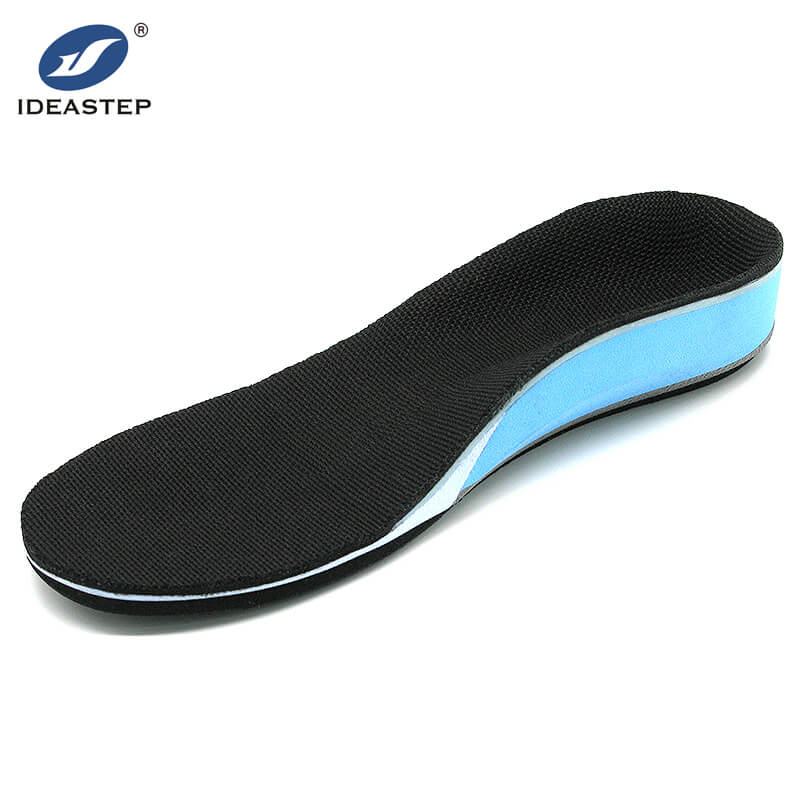Orthotics for the feet
An orthopedic surgeon is a medical device that improves or corrects the function of the foot to help a person’s mobility. When standing, walking, or running, a foot or orthotic device is inserted into a shoe to provide protection for the feet by redistributing the ground reaction forces acting on the ankles. Custom-made orthotics, also known as shoe inserts or bow supports, are a form of medical shoe inserts that are designed to support a particular area in the arch, such as the heel, toe, heel arch, or arch, on one foot.
The lower back, hips, legs, elbows, ankles, and other parts of the body are all treated or prevented with these inserts. Individuals who suffer from pain or a lowered back can benefit from foot orthotics. They can be made of a range of materials, including rubber, foam, plastic, fiberglass, and others.
Custom-made orthotics are recommended to cushion and secure your feet if you have this condition. In conclusion, if you already have a pair of comfortable shoes but have been recommended a custom-made orthotic by a podiatrist, you can try an OTC kiosk orthotic. Feelings that you know cause your foot pain are part of a category that can profit from custom orthotics made by a specialist. Based on the type of foot problem you have, no specific size or type of orthotics is recommended.

To learn more about the right foot and ankle orthotics for you and your particular foot condition, contact a foot and ankle professional.
Your office workers will assist you with insurance coverage after your podiatrist has diagnosed your foot condition and ordered custom orthotics. Allow experts such as podiatrists to advise you on the best orthotic solution to solve your problem if you suffer from foot pain, particularly if you have flat feet. This page will show you how to make orthotic balls for foot pain so that you can get the best pain relief possible. Once you’ve been diagnosed with a foot disorder and your podiatrists have recommended a custom-made orthosis, the office staff will guide you through the insurance process, choosing the correct products, and determining your condition, using their professional advice and answers to your queries.
Taking a cast of your foot to your podiatrist and then to an orthopaedic laboratory for examination is the first step in creating a custom orthotic. Your custom prescription will be submitted to an orthopaedic laboratory after your podiatrists have taken a negative foot form.
Consult your Medicare doctor if you believe a shoe or orthotic could be needed due to a foot condition that is linked to a health problem. If you have a foot problem, you can decide that you need to be fitted with a device. If custom orthotics and insoles are expensive, be wary if your podiatrist hasn’t thoroughly examined your feet or taken a cast.
If your symptoms or condition need personalized care, your orthopaedic foot and ankle surgeon can suggest starting with less expensive off-orthotics – shelf orthotics. Call our Foot and Ankle Centre to see if a custom-made orthosis will help you get back on your feet if severe and constant foot or ankle pain is keeping you from doing the things you enjoy.
Although custom orthotics made for a person to fix a foot or walking problem are commonly referred to as “orthotics,” they are not the same as what is commonly referred to as “orthotics.” If this is the case, a custom-made orthosis for your work or sports shoes may be prescribed.
An orthopedic surgeon is a custom-made shoe or heel insert for your particular foot form and symptoms. Custom-made orthotics, unlike store-bought insoles and insoles, are created specifically for your feet, form, symptoms, and other factors. They’re made to blend in with the contours of your foot while still providing the necessary security, support, and padding. These are the most popular orthotics for people with foot problems, but they aren’t the only choice.
Individual orthotics not only provide protection for various parts of the foot and ankle, but also assist in reorienting the structure of the foot to correct malalignments and minimize tendons and ligament fatigue. The right orthosis will reorient the entire biomechanics of a foot, ankle, and leg by providing additional support to the arch.
Getting the right support for your feet, whether it’s a custom orthosis or an over-the-counter sole, can help avoid or relieve any foot discomfort you may have and, most importantly, support an active lifestyle. Since insoles are not a one-size-fits-all product, finding the right one for a flat foot is critical. If you use an orthotic to relieve foot discomfort, make sure it’s properly fitted and that the arch adapts to your airtight. If your over-the-counter footrest does not relieve your foot discomfort, you should see a podiatrist who can prescribe adequate pads to help you stabilize your pronation.
Related Article:
